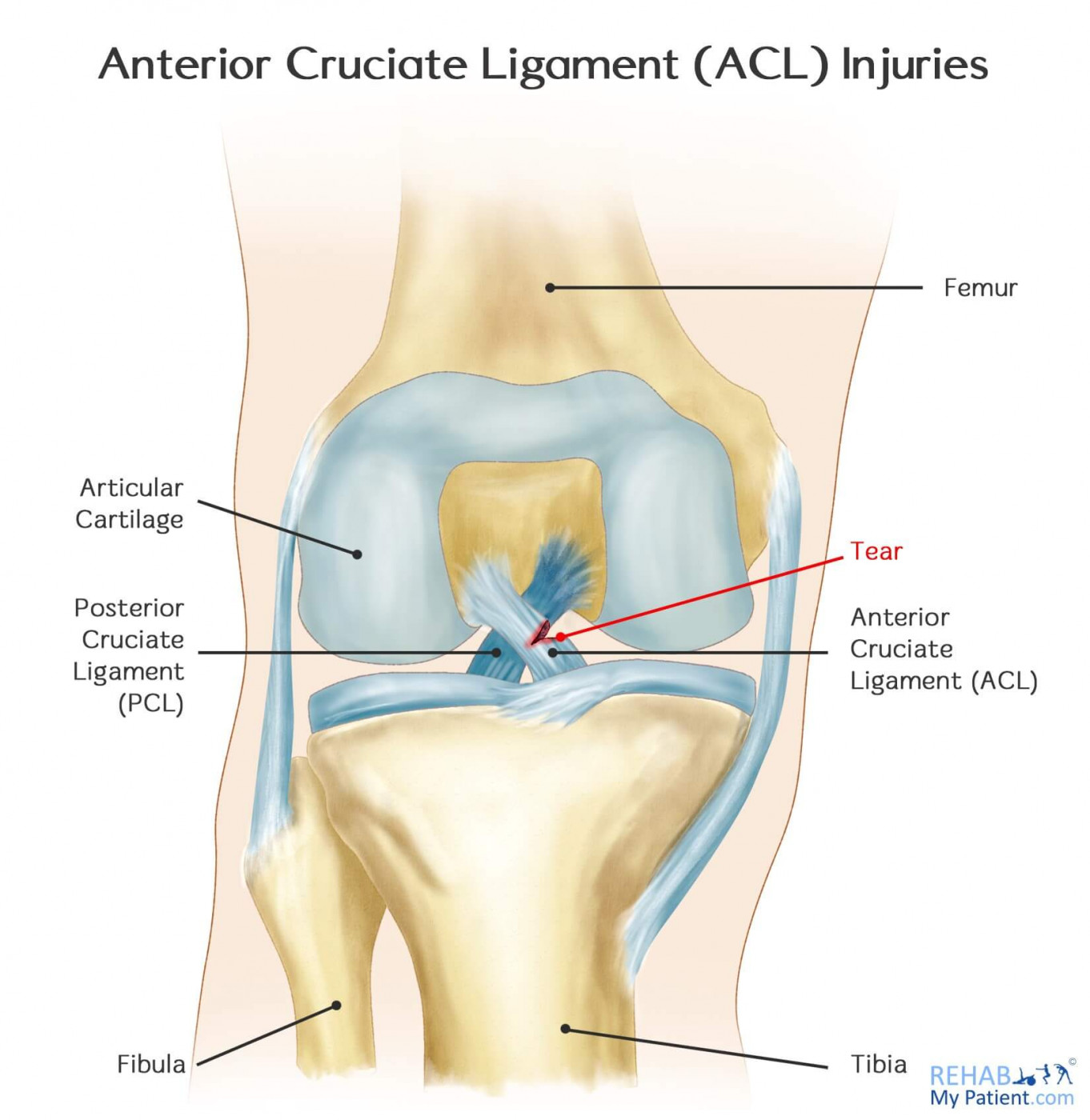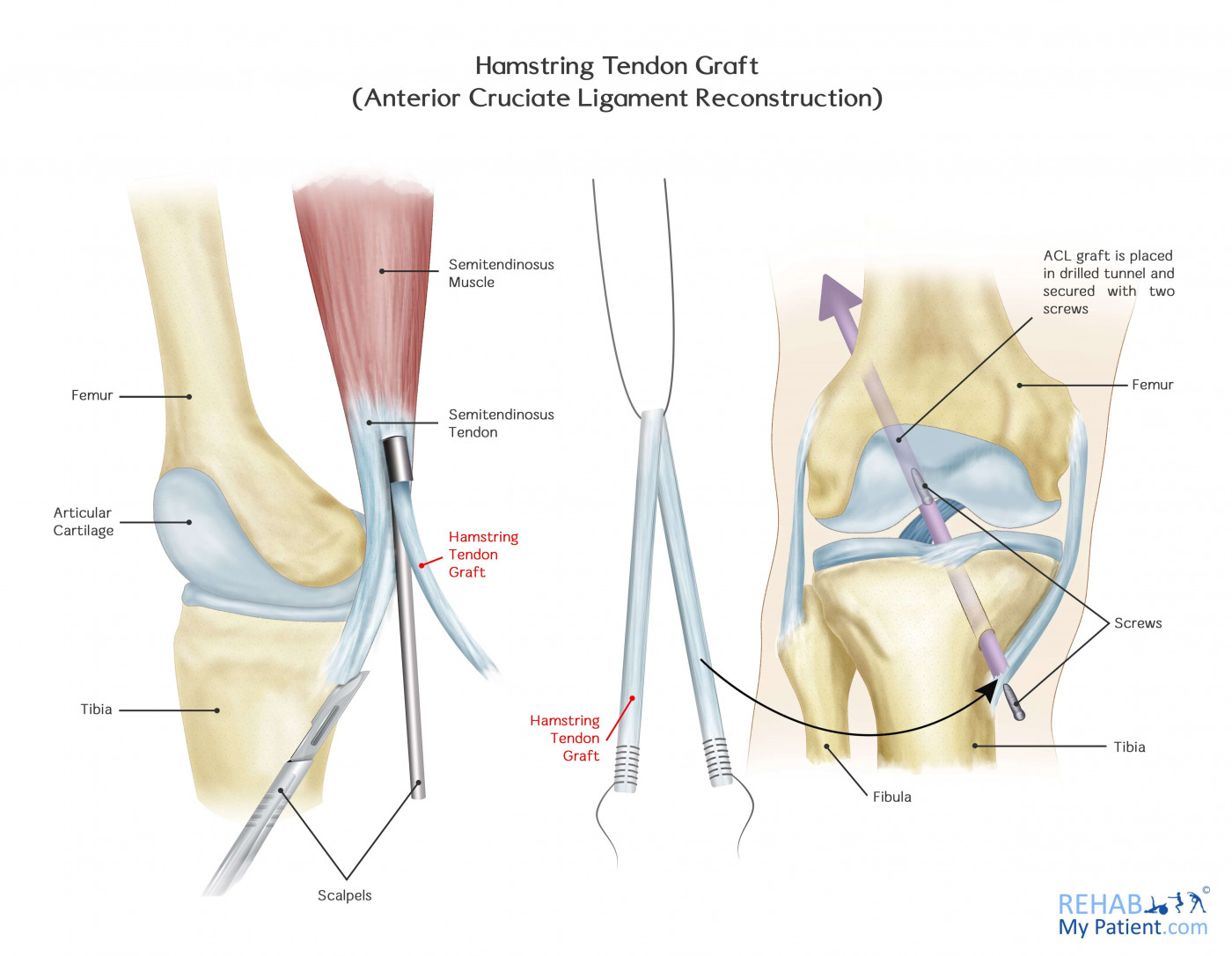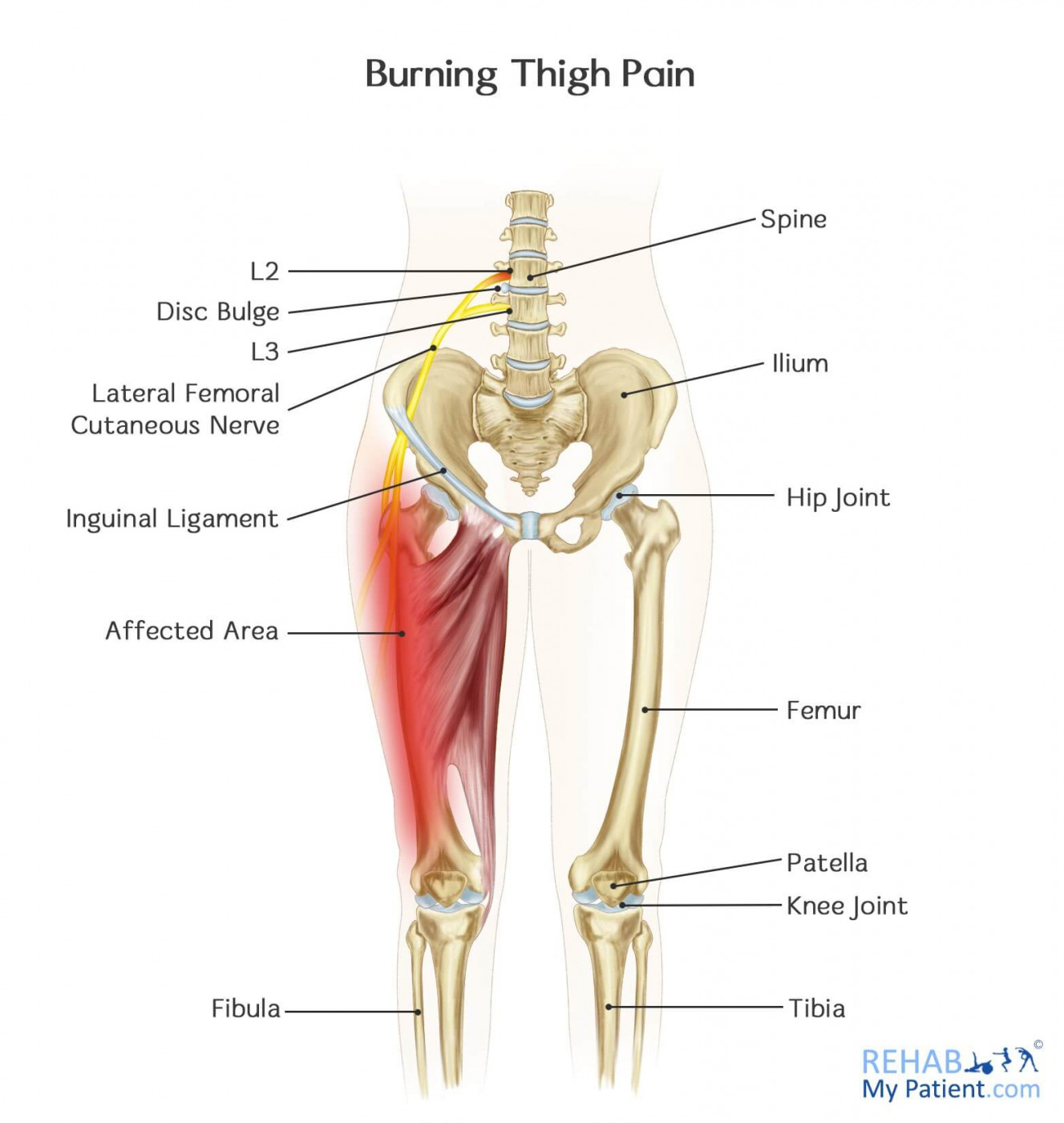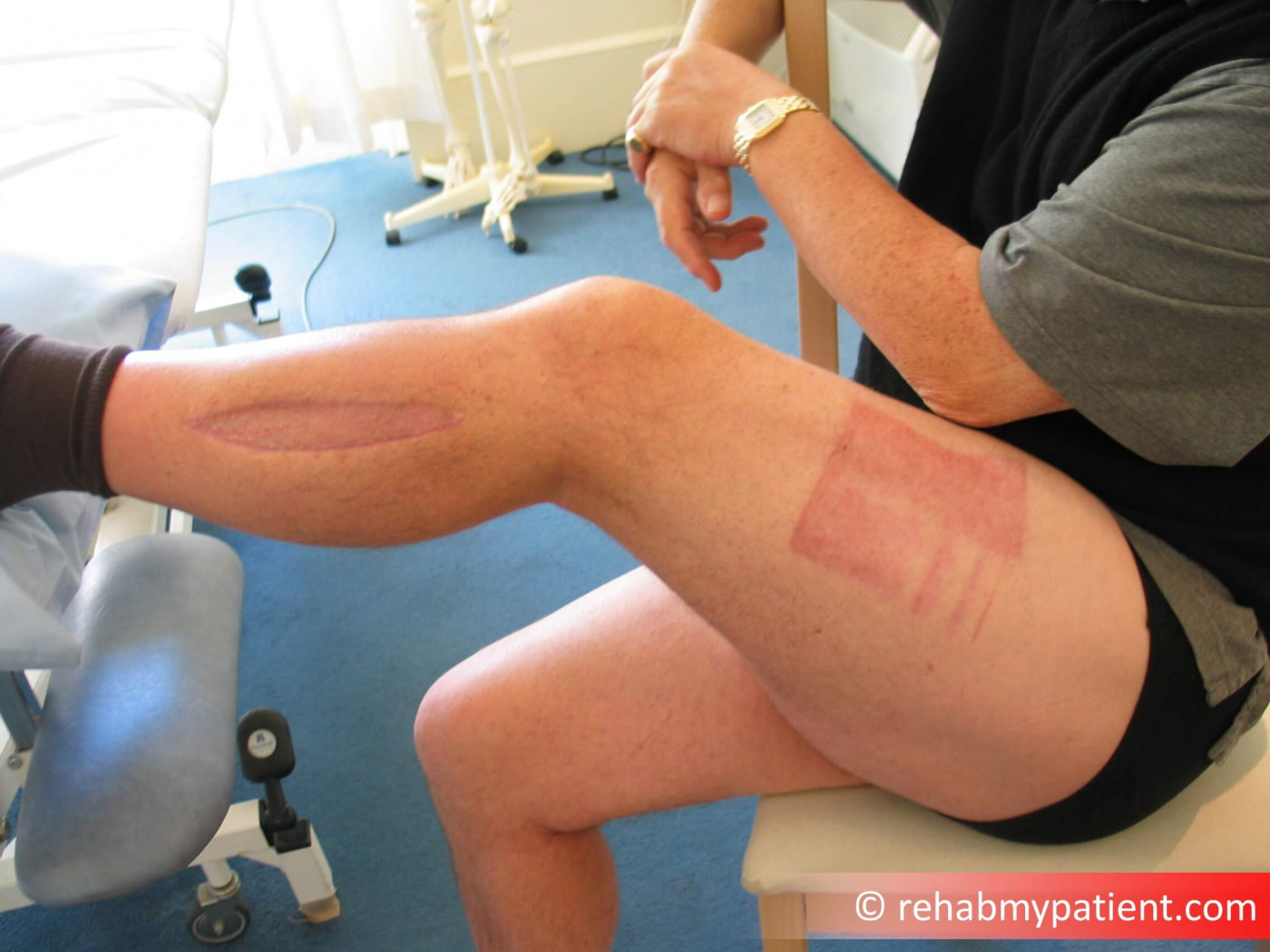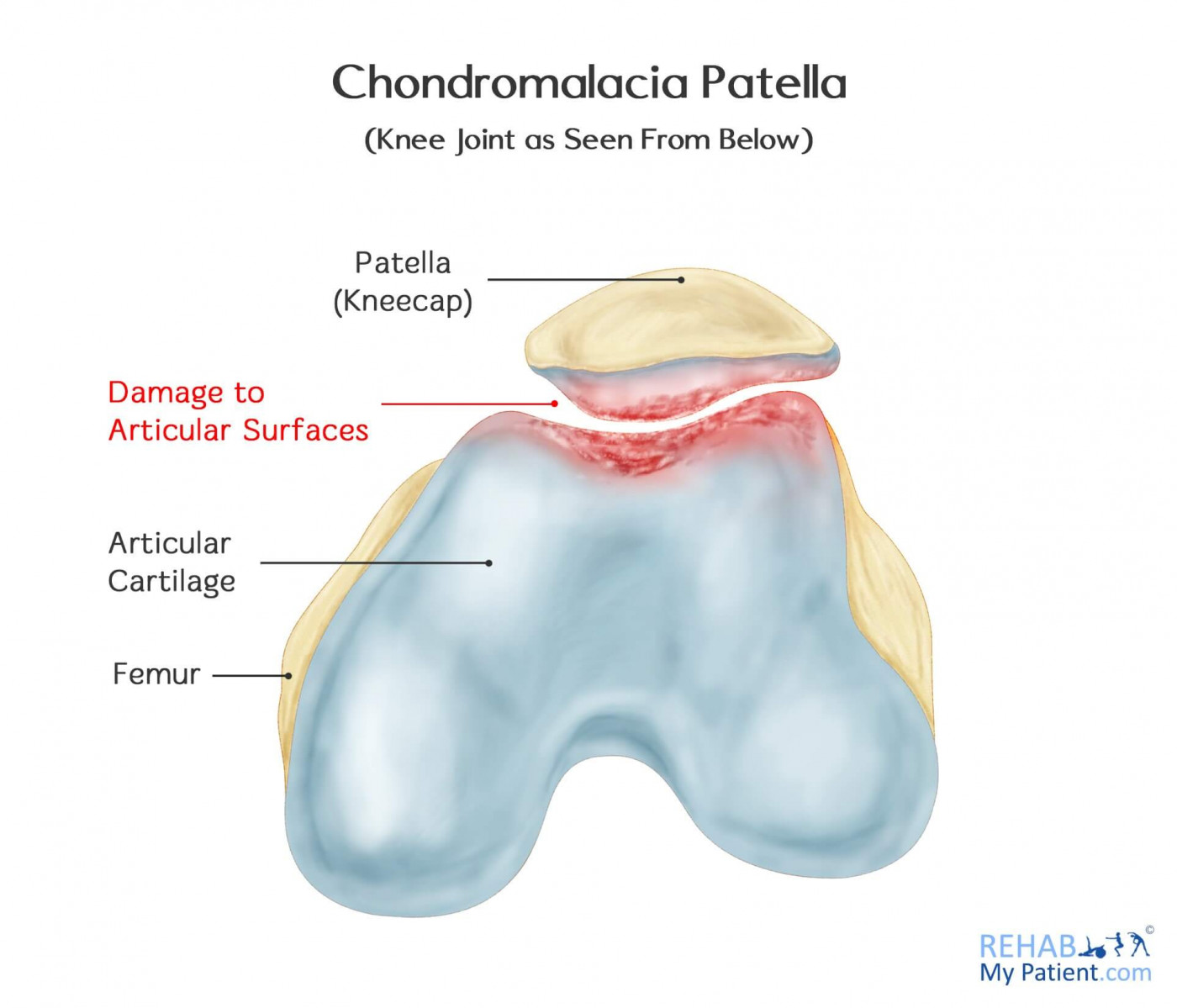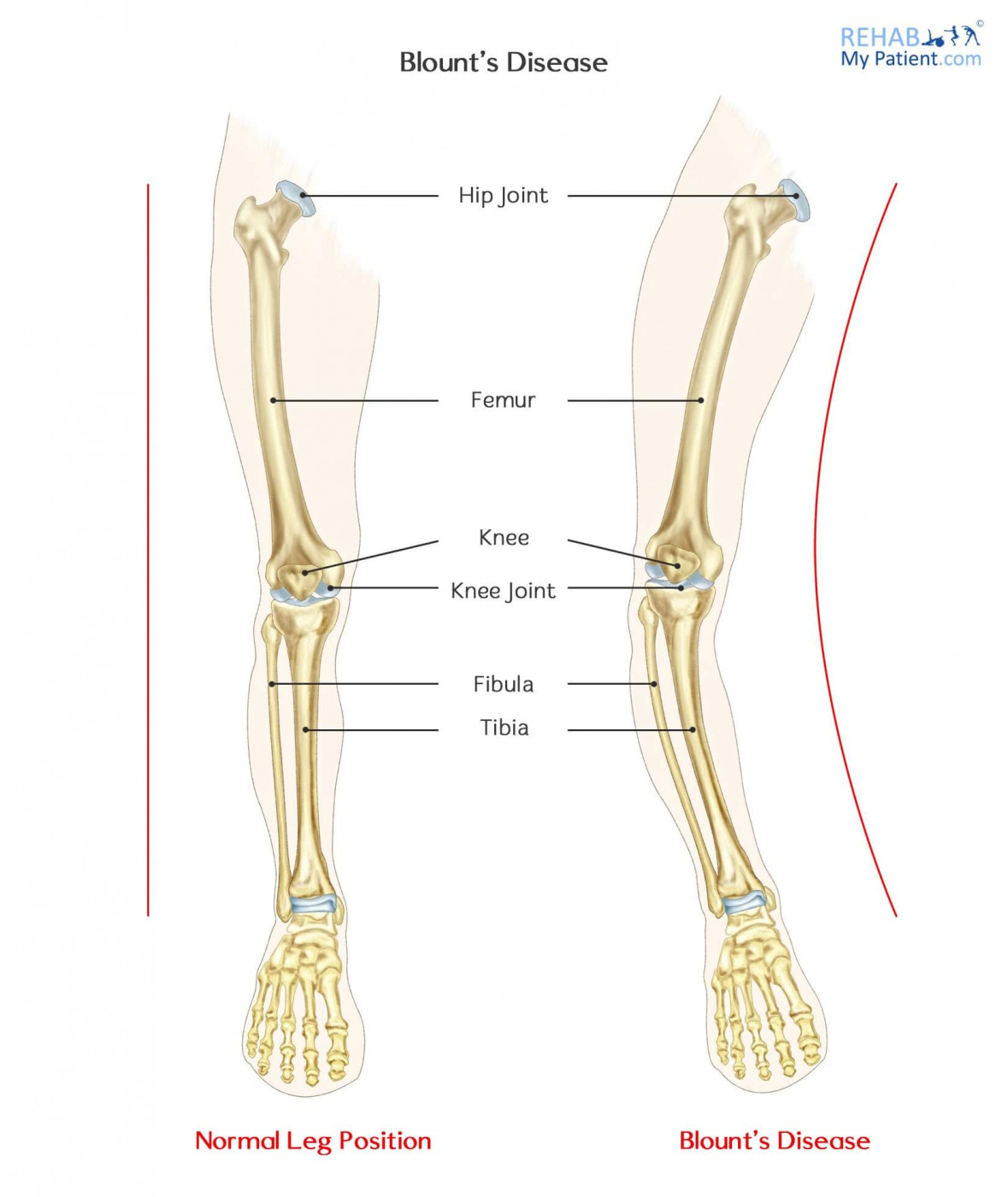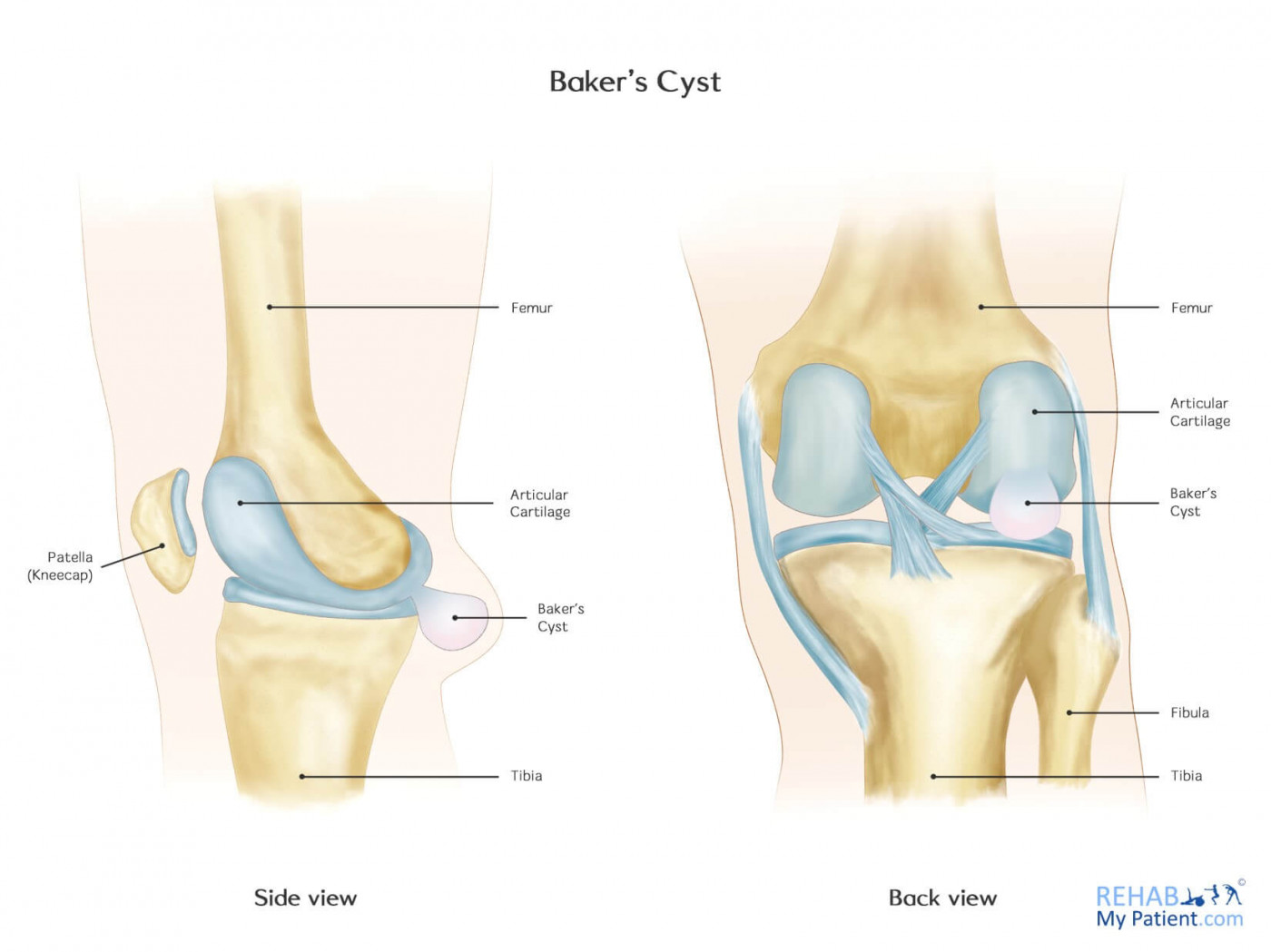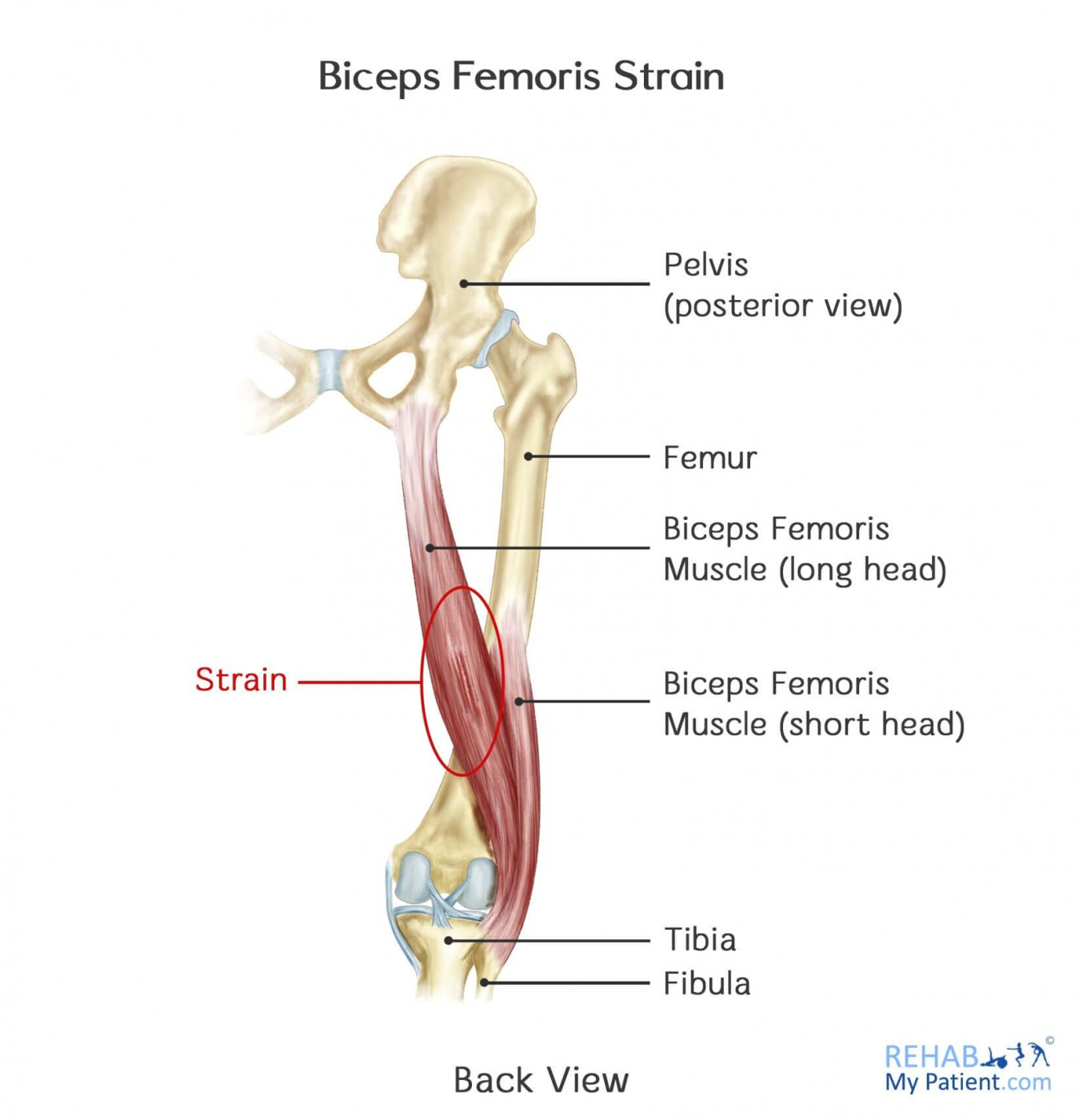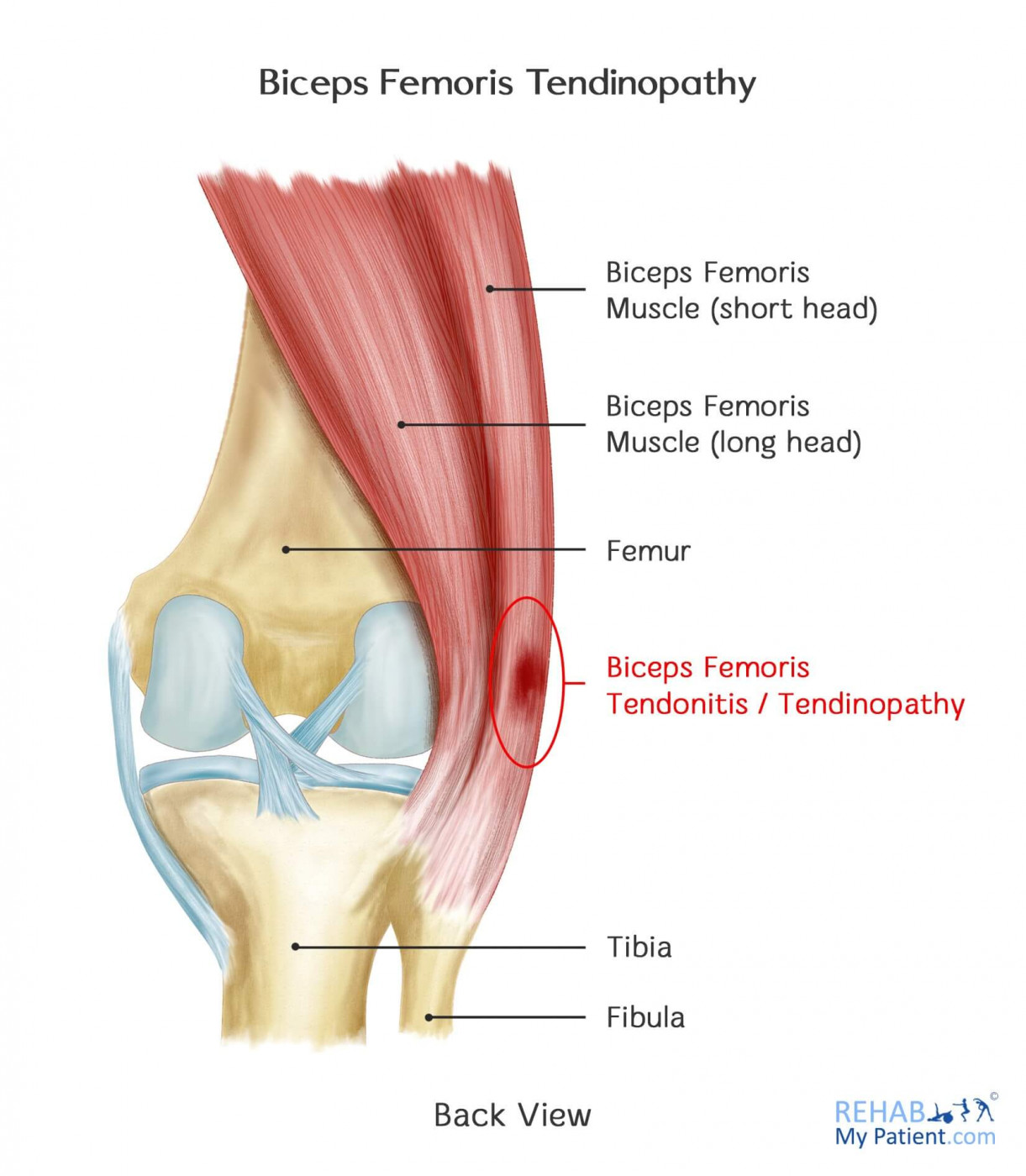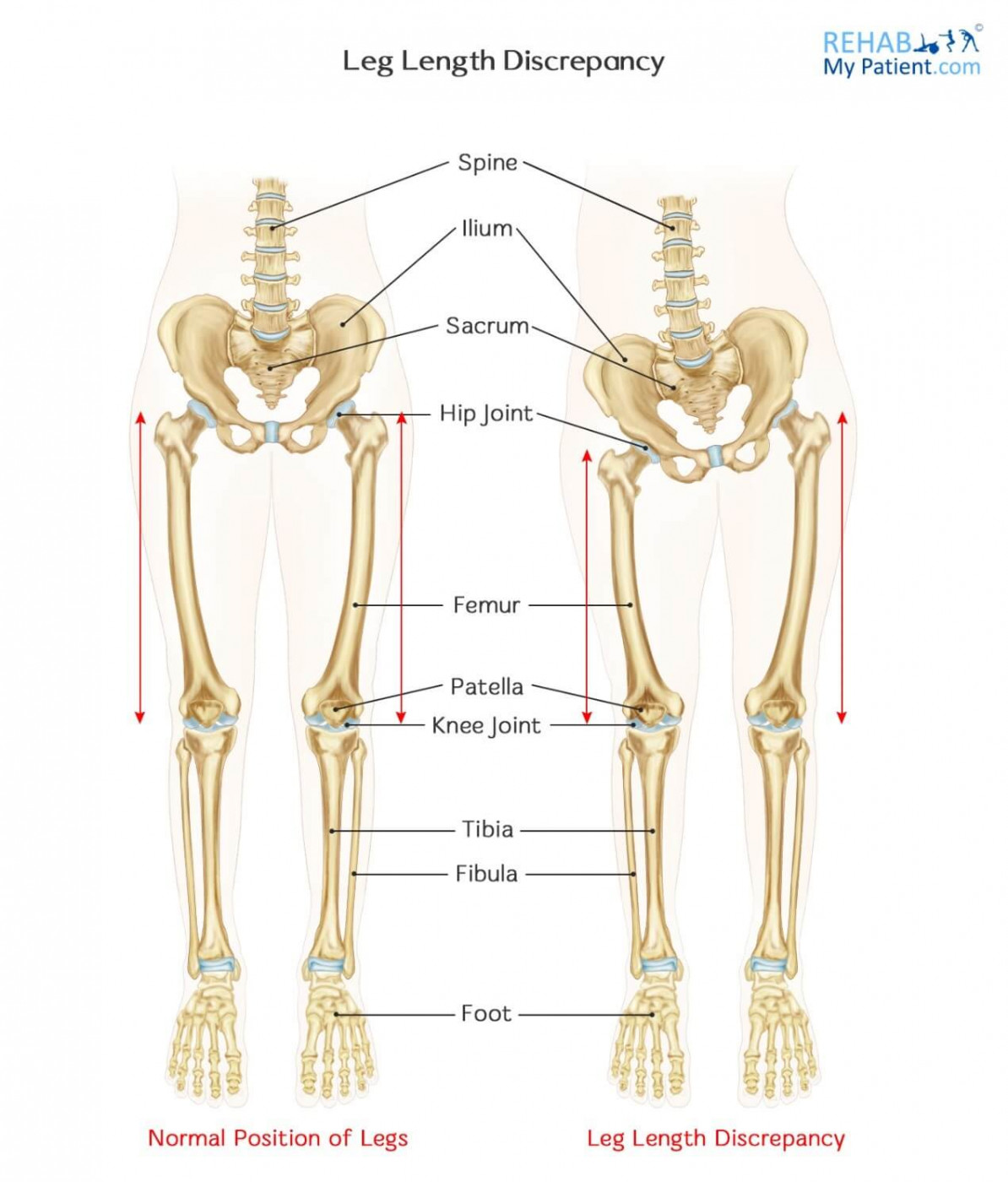The ACL can become injured when the knee joint is bent backwards, twisted or bent to one side or another. Injury chances are higher when one or more of these movements occurs simultaneously. Contact has also been shown to cause an ACL...
Articles
Expert Insights from Leading Physiotherapists: Unlock the Power of Knowledge

